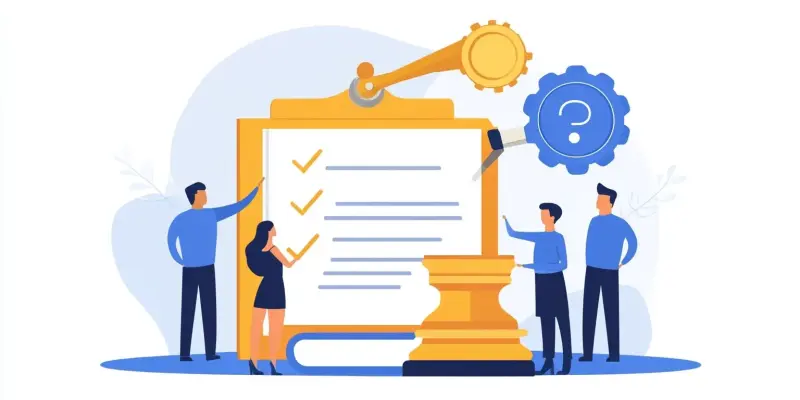For businesses, ensuring compliance with labor laws is crucial, and this often hinges on correctly defining employee classifications. Proper employee classification is vital as it determines not only a worker’s pay structure but also their rights and benefits, impacting the broader scope of company operations.
Exempt vs. Non-Exempt Employees
One of the primary distinctions in employee classification lies between exempt and non-exempt employees. Exempt employees, as defined by the Fair Labor Standards Act (FLSA), do not qualify for overtime pay, while non-exempt employees must be compensated for any hours worked over 40 per week. This classification hinges on job duties and salary thresholds. Recent modifications to overtime rules have increased the salary threshold, resulting in more workers now qualifying for overtime. It emphasizes the need for businesses to review and possibly adjust their classifications to remain compliant with the new regulations.
Contractor vs. Employee
Another crucial distinction is between contractors and employees. Independent contractors, unlike employees, are not entitled to benefits such as health insurance or retirement plans, nor do their employers have obligations to withhold payroll taxes. However, misclassifying an employee as a contractor can lead to severe penalties. High-profile cases, such as the Uber misclassification lawsuits, underline the importance of getting this classification right. Wrong classifications can result in significant financial setbacks, including penalties and back pay, and in extreme cases, damage to the company’s reputation and operational stability.
Implications and Consequences
The implications for employers when it comes to employee classifications are profound. Decisions related to classifying employees directly influence wages, overtime pay, and benefits provided by employers. Incorrect classifications can trigger a range of consequences, from investigations by the Department of Labor to IRS fines, back pay obligations, and potentially class-action lawsuits. A notable example includes a recent overtime dispute that escalated to the U.S. Supreme Court, highlighting the potential legal complexities and financial impacts.
Strategic Recommendations for Compliance
For businesses, ensuring compliance with labor laws is crucial. A significant part of this compliance involves correctly defining employee classifications. Proper classification is essential not only because it determines a worker’s pay structure but also because it impacts their rights and benefits. Misclassifying employees can lead to legal disputes, financial penalties, and damage to the company’s reputation. The classification affects whether a worker is eligible for overtime pay, health insurance, retirement plans, and other legal protections and benefits. Furthermore, accurate classification is necessary to align with tax regulations, as the IRS and other regulatory bodies have strict guidelines that companies must follow. Inaccurate classifications can result in back taxes, fines, and interest on unpaid amounts, creating a financial burden. Besides legal and financial ramifications, misclassification can affect employee morale and trust, leading to decreased productivity and higher turnover rates. Therefore, businesses must pay careful attention to employee classifications to maintain compliance and ensure smooth, efficient operations.

